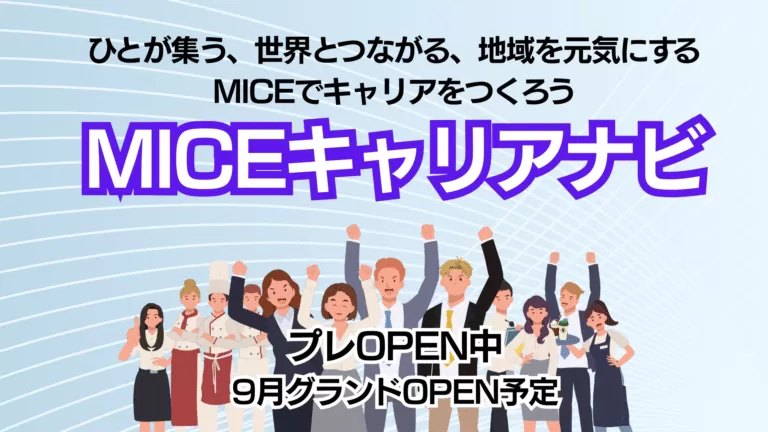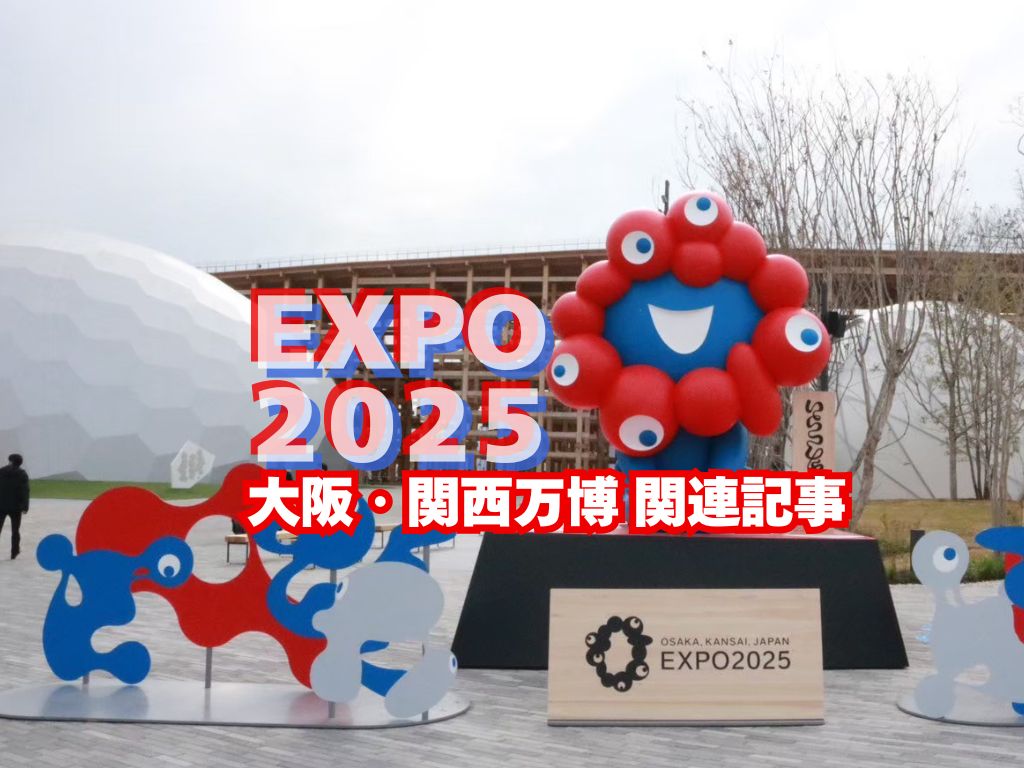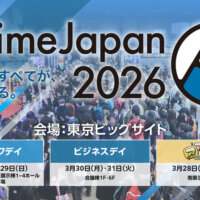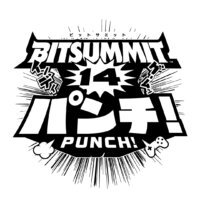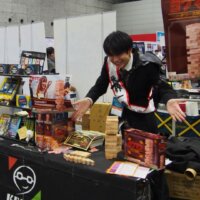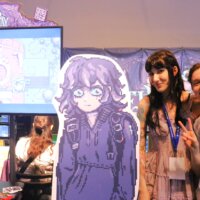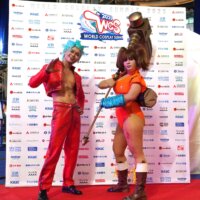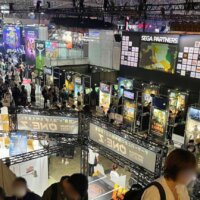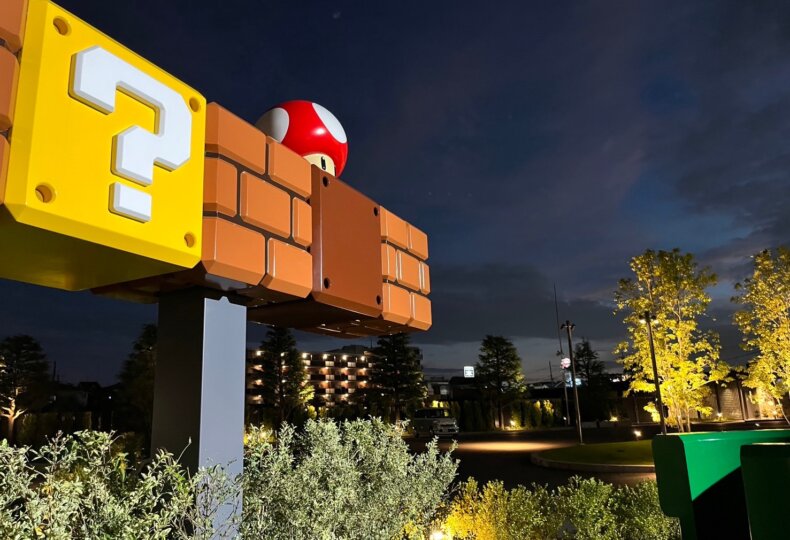
Column: My First Visit to the Nintendo Museum on Foot — Impressions and a Local’s Perspective
From our base in Uji, which also serves as my workplace, the museum is a little over a ten-minute walk. It’s close enough from home to reach by bicycle, too. I finally made it the other day, clocking out early and heading over on foot.
This piece is a casual collection of thoughts: my impressions of the Nintendo Museum and what I felt as a local resident and local business. Nothing too formal—please read it with a relaxed mindset.
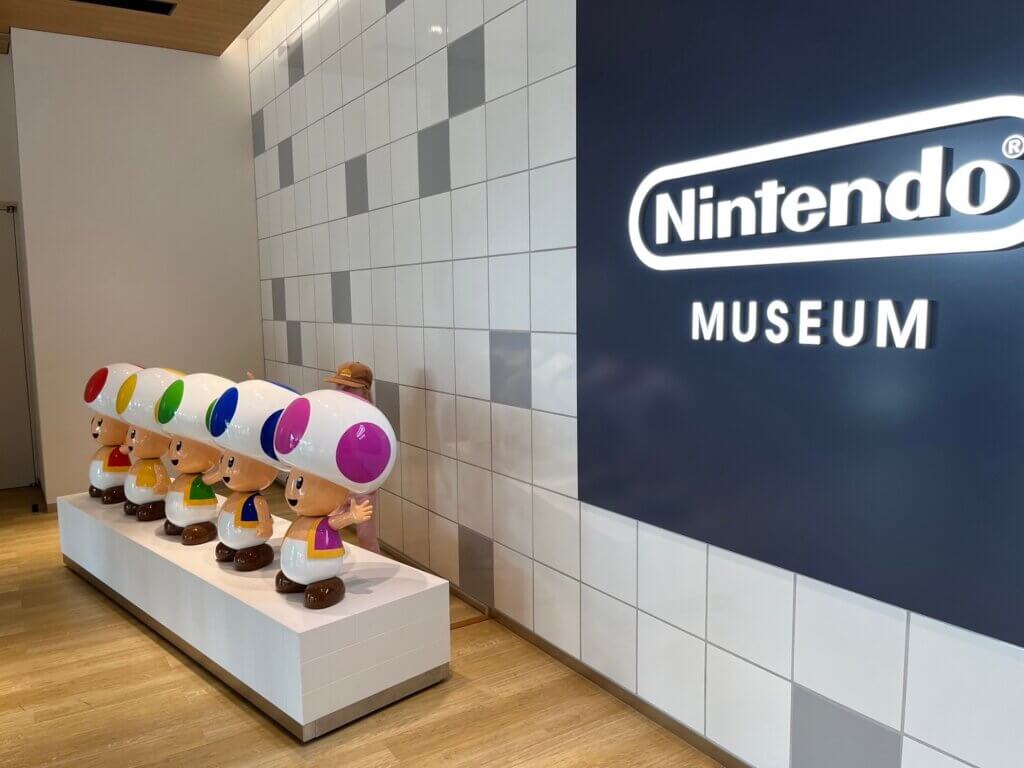
Weekday afternoons: who’s visiting and what it feels like inside
On a weekday afternoon, it seemed harder for Japanese families and typical office workers to visit, so about half of the people in the queue appeared to be inbound tourists.
The Nintendo Museum stands on a site that once served as a factory and customer service center in southern Kyoto. The building has been cleverly repurposed; if you weren’t told, you might not notice. For those living in southern Kyoto, the exterior retains just enough of its former look to be recognizable.
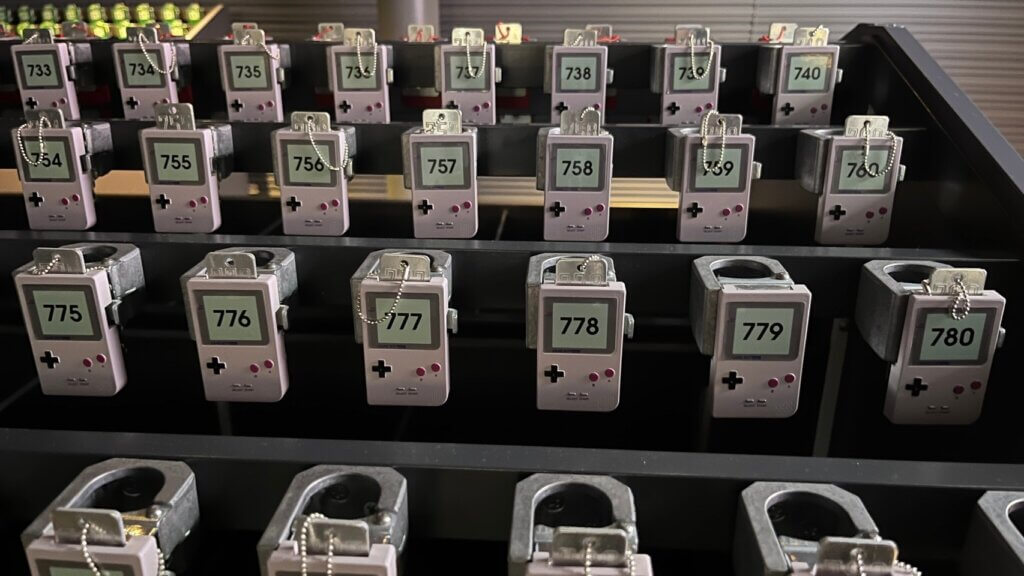
Playful details everywhere
Nintendo has long nurtured fans overseas—from the NES onward. The displays include hardware released outside Japan and overseas package designs. Rather than long explanatory panels, the exhibits present Nintendo’s history like a visual mandala—fun to look at and likely enjoyable even for visitors from abroad.
One surprise: packages from third-party companies (publishers and accessory makers other than the console manufacturer) are also on display. Seeing Japan’s “Rockman” alongside the overseas “Mega Man” will intrigue fans on both sides.
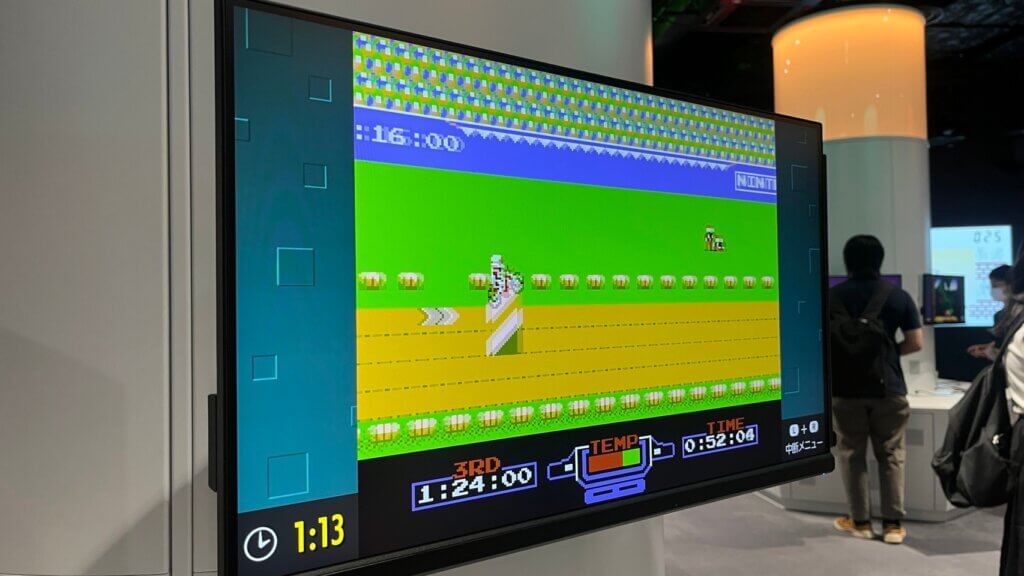
Operations that feel remarkably polished for a new venue
There’s no fixed route; you’re free to explore as you like. Staff throughout the museum showed warm hospitality, making the visit a pleasure. There were plenty of team members on duty, and the facility layout and operations felt thoroughly planned. Even for a weekday afternoon so soon after opening, the level of preparation and training was evident. Staff focused on guests rather than chatting among themselves, which made for a very pleasant atmosphere.
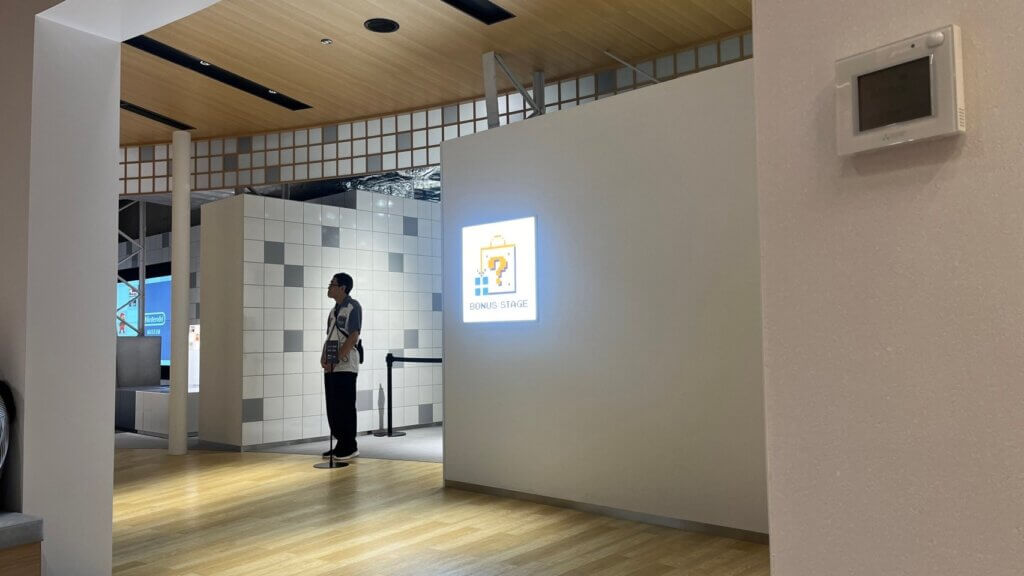
The interactive zone feels like an amusement park
Most of the first-floor experiences get you moving—practically an amusement park. Popular attractions cost more of your on-hand coins (the points needed for each activity), and the balance felt spot on. With time spent in lines, using all ten coins would likely take more than two hours. Still, the gamer’s instinct kicks in: if there’s a demo station, you want to grab a controller. I ended up playing Excitebike on an open Famicom setup—something I could play at home anytime.
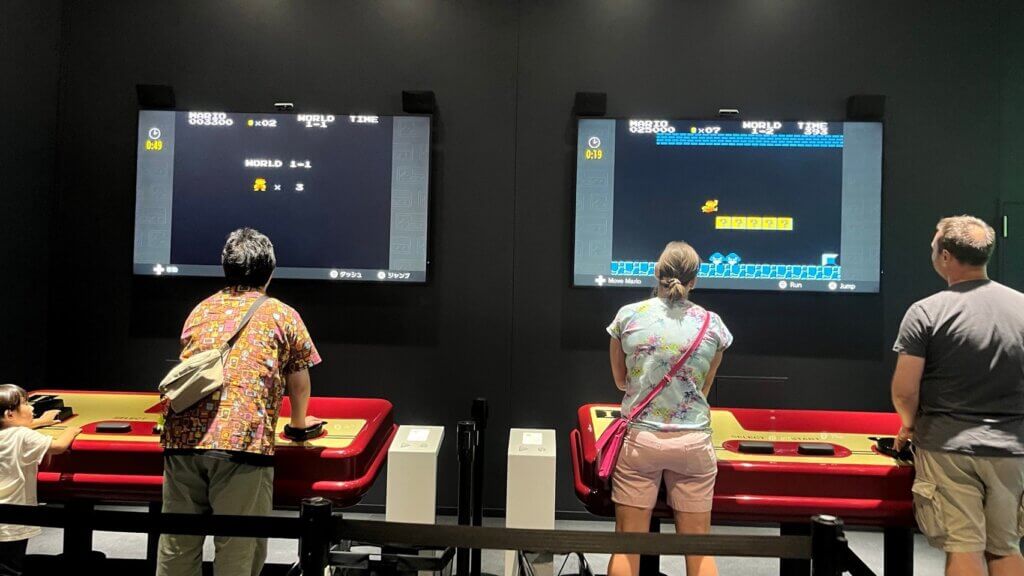
Super-sized Super Mario Bros. and the joy of changed controls
The “Super Mario Bros.” station with giant controllers wasn’t quite the over-the-top vibe of “Game Center Arashi” or “Famicom Rocky.” Instead, it felt like I’d shrunk down—odd in a good way. A simple game becomes a different kind of fun when the control scheme changes. Very Nintendo.
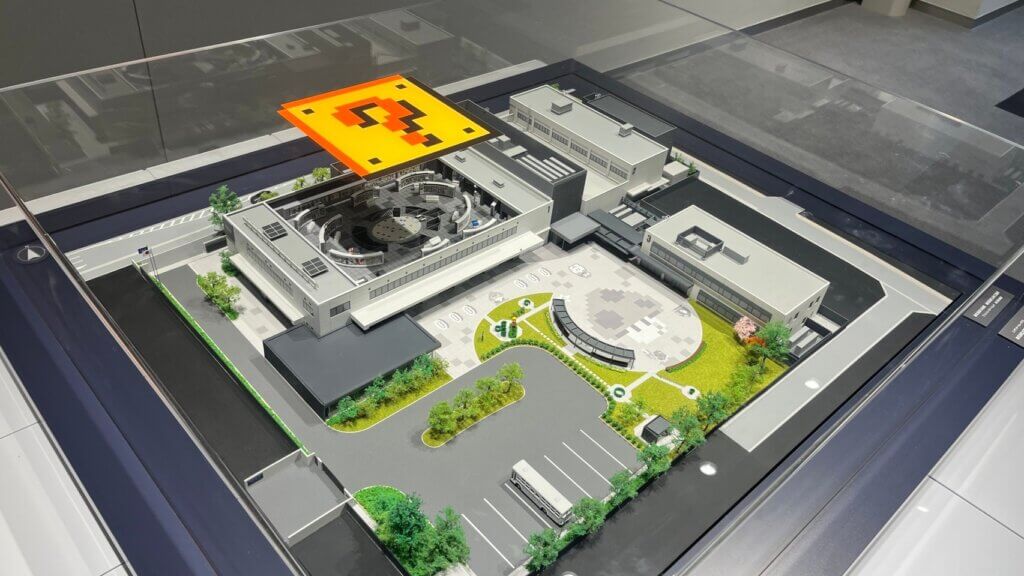
A small wish for a Sega throwback
After playing around like this, I couldn’t help wishing Sega would create a park where we could revisit its classic motion-based arcade cabinets. Old-school game centers used to be packed with full-body, experiential machines—looking back, that was pretty luxurious. Compared with today’s rows of prize machines and photo booths, it’s almost hard to imagine. It’s not literally true that every town had something like the Nintendo Museum, of course—but it sure felt that way.
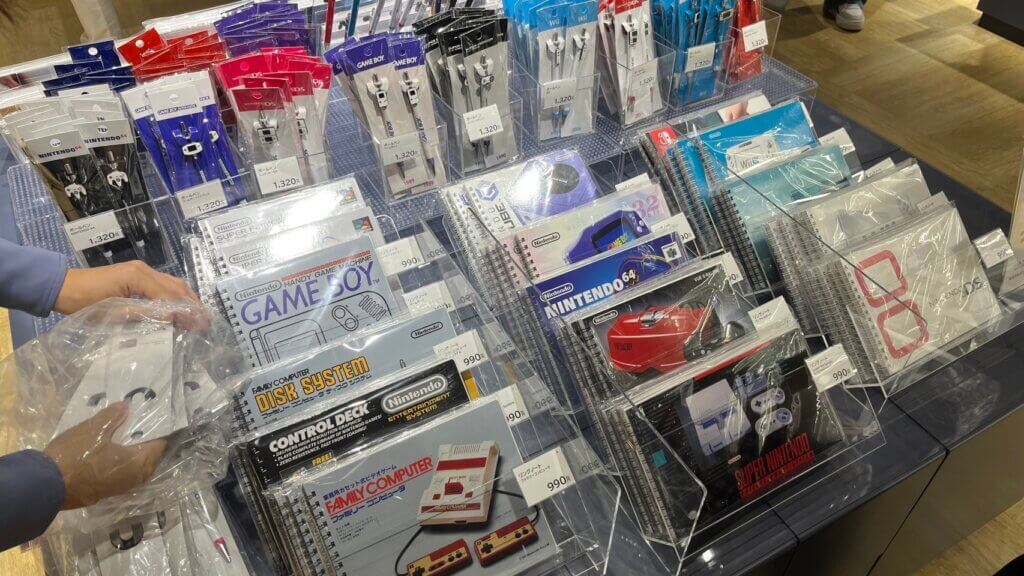
Expect lines at the shop near closing time
If you preview the merchandise, finding what you want isn’t hard. Most items feature game hardware rather than characters. If you’re hoping to meet Mario, Kirby, Link, or Zelda in the merchandise lineup, head to Nintendo KYOTO at Takashimaya instead. Because each generation grew up with different systems, everything seemed popular—not just the hardware that built modern Nintendo like the Famicom and Super Famicom. I’ll admit I wanted the Game Boy and Game Boy Advance goods myself.
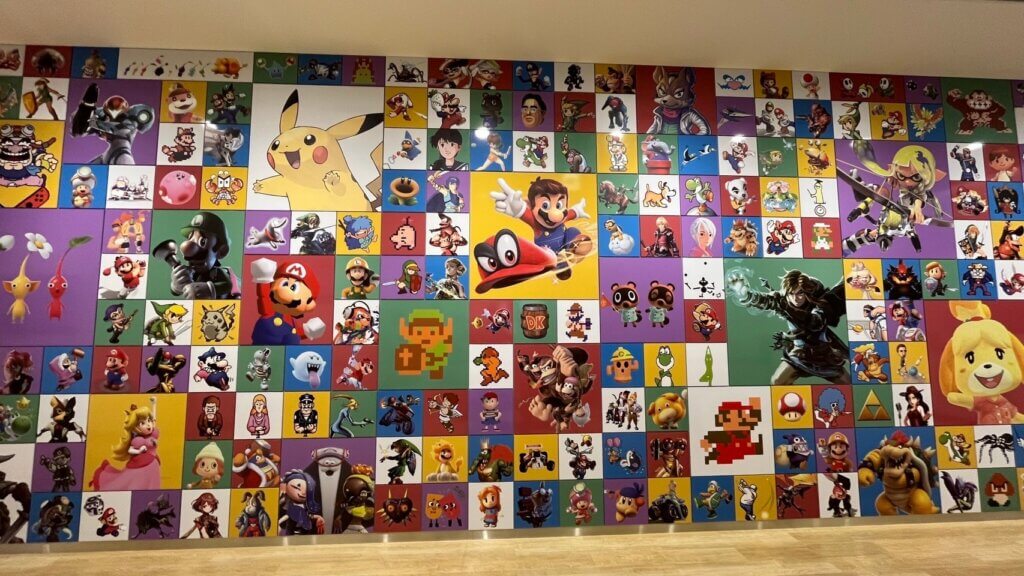
Retro-game diehards, take note
If you love retro games and often browse places like Super Potato in Nipponbashi, the museum’s displays of consoles and software may not feel novel. In the museum you can’t touch the exhibits. In retro shops, the narrow aisles and walls of cartridges and boxes trigger that treasure-hunter’s instinct. Of course, a museum is fundamentally different. You can still buy classic hardware and games somewhere in town today—so seeing them curated behind glass is, in its own way, a curious experience. If you simply want to look at rare or nostalgic consoles and titles, a retro-game shop will do the trick.
What truly stood out were Nintendo’s pre-console products—playing cards, board games, and toys—which will hit home for visitors in their 40s to 60s. The Game & Watch displays and early video-game hardware from before the Famicom were also special. For those who have lived through gaming history, these sections might be the real reward.

Business impact and local ripple effects
While I was impressed by the hospitality and operations inside, it was also clear how successful the museum already is as a business. From a management or marketing perspective, Nintendo’s commercial acumen is striking. I caught myself estimating daily and annual revenue—and was left speechless at how much value they can create by fully leveraging location, content, facilities, and IP.
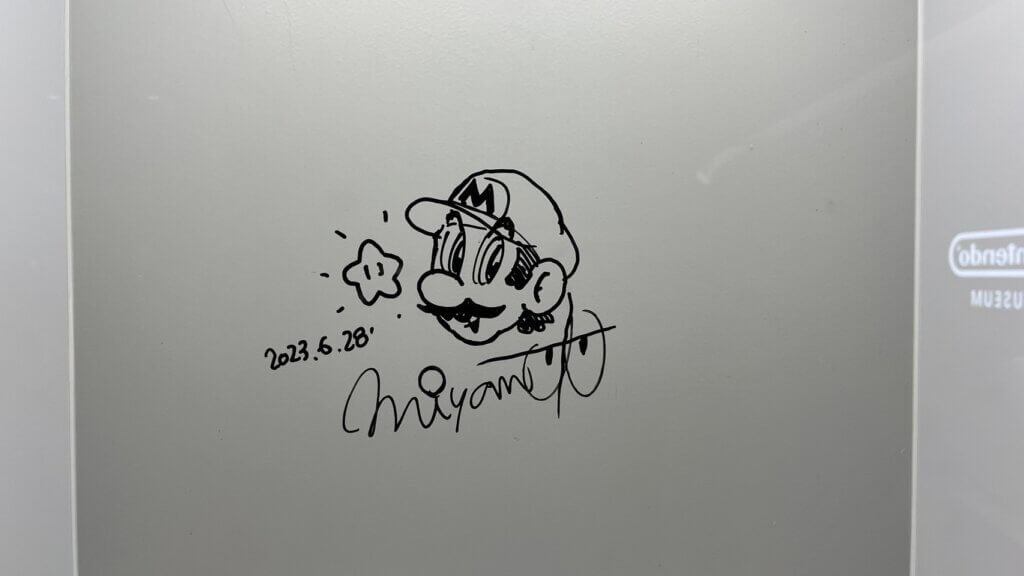
SUPER NINTENDO WORLD at Universal Studios Japan is expanding overseas. The Super Mario Bros. Movie was a major hit, and a live-action film adaptation of The Legend of Zelda is in the works. Official retail stores such as Nintendo TOKYO are thriving. In a games industry where console and title performance can cause big swings, a strategy that builds steady revenue by activating long-nurtured IP is proving highly successful.
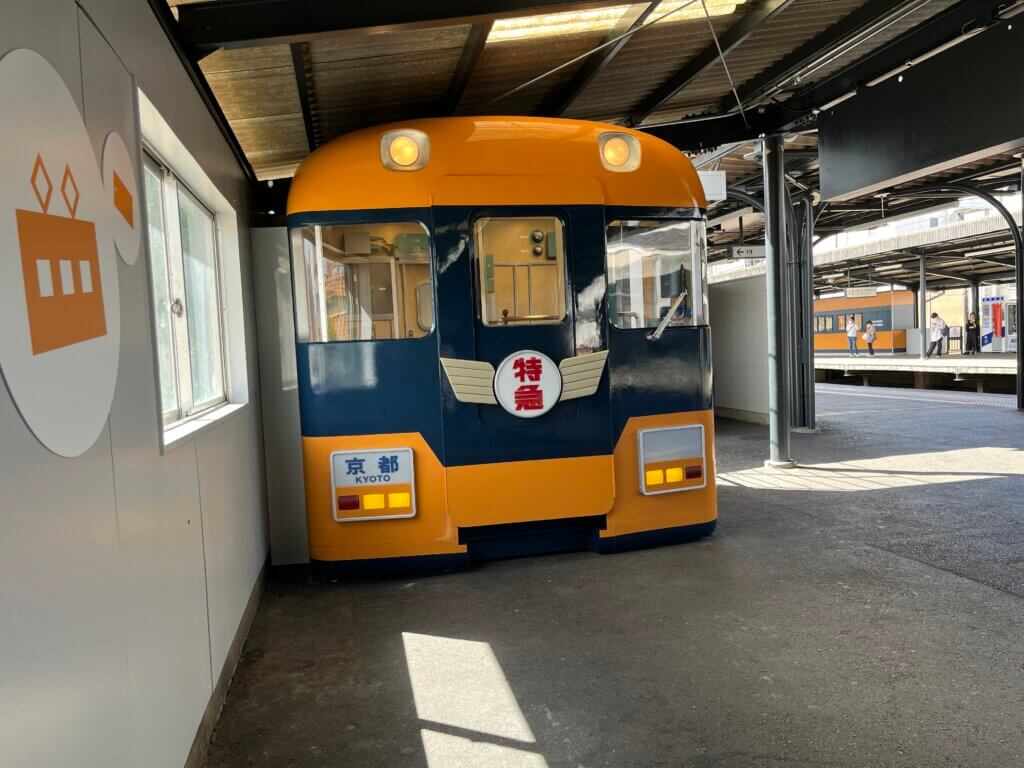
Nintendo, from a Kyoto local’s point of view
A classmate’s mother used to make Nintendo hanafuda and playing cards.
A neighbor who worked at Nintendo rode a bicycle to the office every morning.
When you ride the Keihan or Kintetsu lines, Nintendo’s buildings come into view.
Even if you’re not a gamer, Nintendo feels close to people in Kyoto—a source of quiet pride despite not having done anything ourselves. That’s probably because Nintendo kept its headquarters here even as it grew, and has always valued Kyoto. When I watched the Nintendo Direct announcing the plan to turn the Ogura plant in Uji into a museum, I wasn’t surprised. It felt very Nintendo.
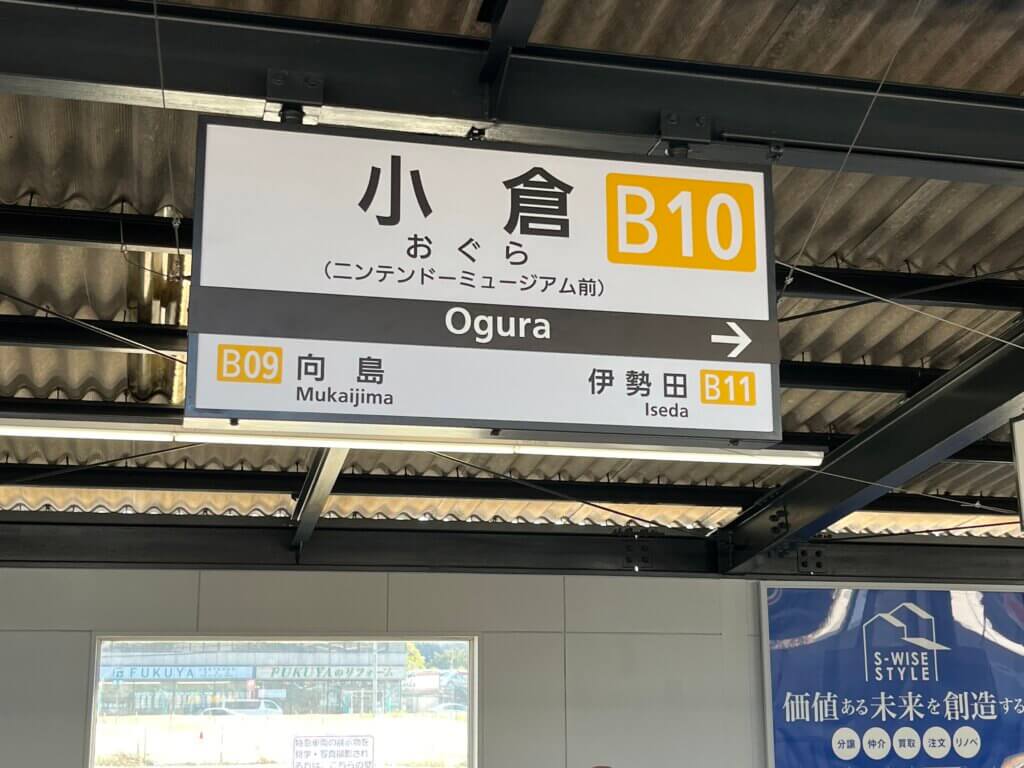
The Nintendo Museum stands near a major road in Uji, Kyoto Prefecture. It’s about a three-minute walk from Kintetsu Ogura Station. On paper it looks extremely convenient, but daily ridership isn’t huge: as of November 7, 2023, the figure was 13,342 passengers per day—respectable, but mostly commuters and students. That’s down about 30% from twenty years ago. A large station-front mall closed a few years back and the site is now an empty lot. Right nearby runs what used to be National Route 24, now Prefectural Route 69, lined with roadside restaurants and supermarkets—the kind of suburban arterial scenery you can find anywhere in Japan.
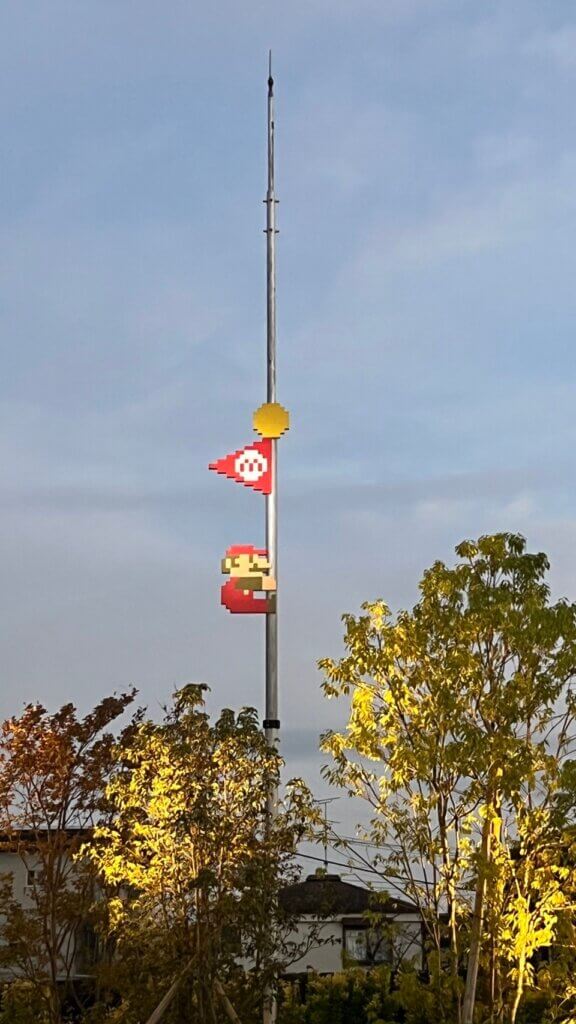
MICE potential
The Nintendo Museum could become a case study in repurposing a former factory site into a venue that activates a company’s own IP. Realizing that potential will take work under current conditions in Uji City and Kyoto Prefecture, but if it functions well it could help disperse visitor traffic away from the most crowded parts of Kyoto City and serve as a counter to overtourism. It may also prompt more visits that double as study trips by local governments and corporations.
For people in gaming and amusement, learning about Nintendo’s history and culture would make strong content for training programs and incentive travel. As the site draws more people, we can reasonably expect MICE-oriented activity to follow.
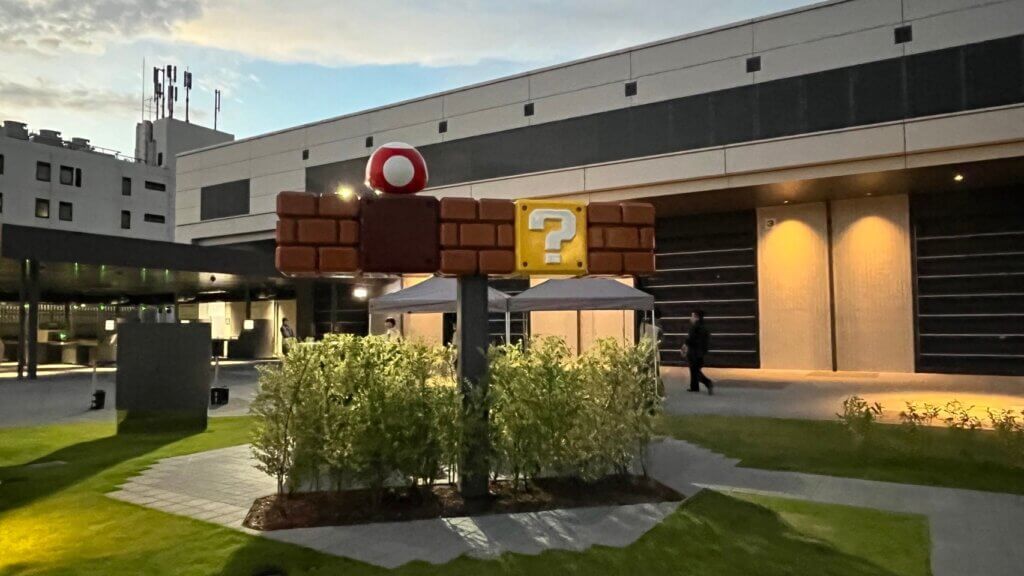
-
Preview Report: Pasona Group Pavilion “PASONA NATUREVERSE” at Expo 2025 Osaka, Kansai — Highlights and Exhibits that Invite Us to Reflect on Life
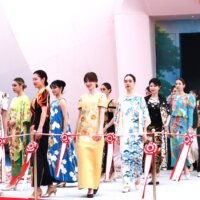
-
Overseas Report: Busan’s Ocean-View Workation Center — A Business Base That Shows the City’s Potential Beyond Tourism (Location, Facilities, and User Feedback)


